Home>Maintenance & Safety>Home Maintenance Checklists>How To Fix Soft Close Trash Can Lid
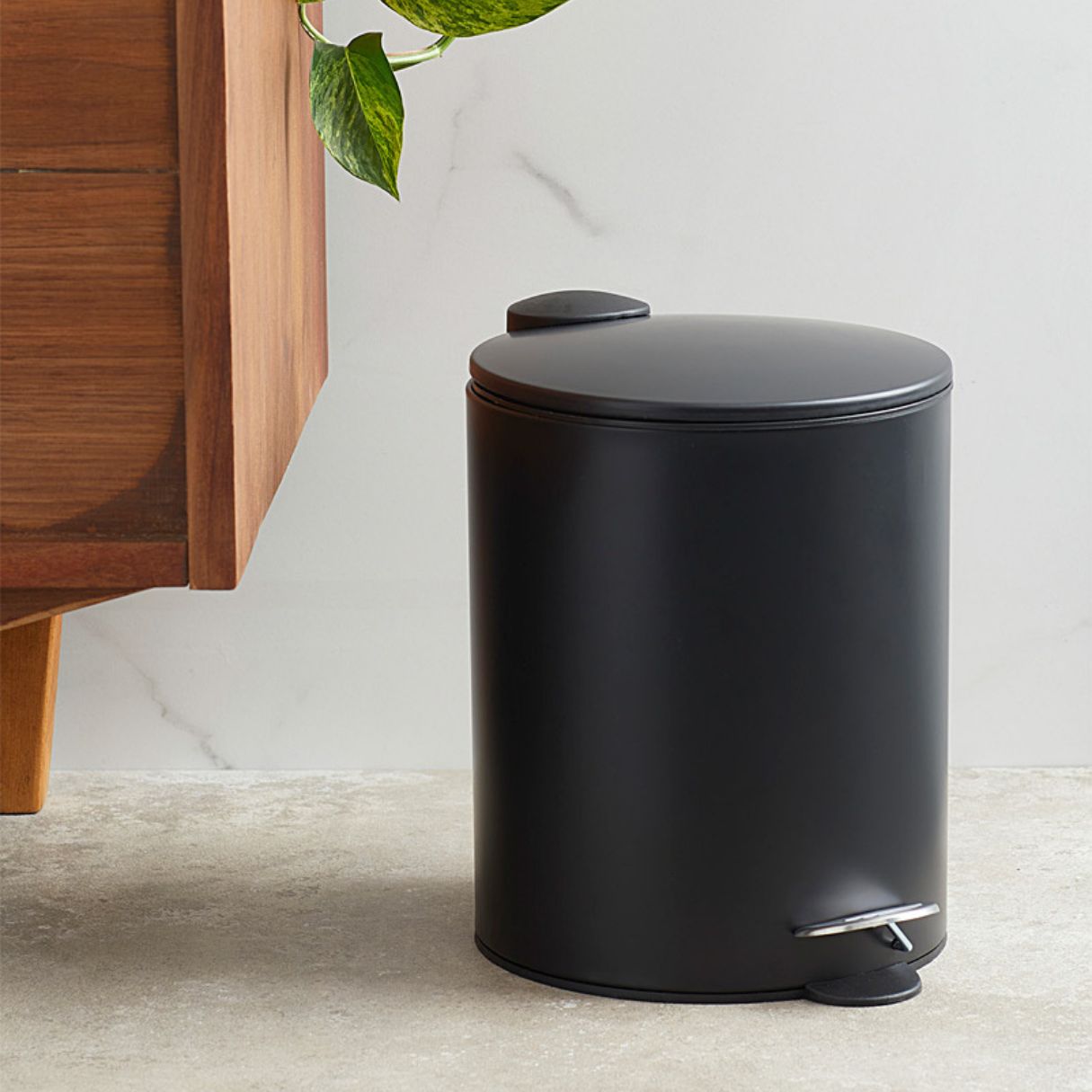

Home Maintenance Checklists
How To Fix Soft Close Trash Can Lid
Modified: February 28, 2024
Learn how to fix a soft close trash can lid with our comprehensive home maintenance checklists. Keep your home in top shape with our expert tips.
(Many of the links in this article redirect to a specific reviewed product. Your purchase of these products through affiliate links helps to generate commission for Storables.com, at no extra cost. Learn more)
Introduction
Welcome to the world of modern convenience and innovation in home maintenance. As technology continues to revolutionize everyday items, even the humble trash can has received an upgrade. The soft close trash can lid is a prime example of how small changes can make a big impact on our daily lives.
Picture this: you've just finished preparing a delicious meal in your kitchen. As you dispose of the scraps and leftovers, you gently nudge the trash can lid to close it, only to be met with a sudden, jarring slam. Not only is this disruptive, but it can also lead to wear and tear on the trash can itself. This is where the soft close mechanism comes to the rescue.
The soft close mechanism, often found in high-quality trash cans, allows the lid to close gradually and quietly, preventing any abrupt noise or impact. This not only adds a touch of elegance to the trash can but also contributes to a more peaceful and harmonious home environment.
In this comprehensive guide, we will delve into the inner workings of the soft close mechanism, explore common issues that may arise, and provide practical steps to troubleshoot and fix the soft close lid. Whether you are a seasoned DIY enthusiast or someone looking to tackle a household annoyance, this guide is designed to equip you with the knowledge and confidence to address the soft close trash can lid with ease.
So, let's roll up our sleeves and embark on a journey to restore tranquility to your kitchen or any space where the soft close trash can resides. By the end of this guide, you will be well-versed in the art of troubleshooting and fixing the soft close mechanism, ensuring that the lid closes smoothly and silently, just as it was intended.
Key Takeaways:
- Embrace modern convenience with a soft close trash can lid, designed to close gently and quietly. Troubleshoot and fix issues to maintain a peaceful and elegant home environment.
- The soft close mechanism relies on precision-engineered hinges and dampers to ensure a smooth and controlled lid closure. By understanding and fixing common issues, you can elevate your home maintenance skills and enjoy a tranquil living space.
Read more: How To Fix Itouchless Trash Can
Understanding the Soft Close Mechanism
Before diving into the troubleshooting and fixing process, it’s essential to grasp the inner workings of the soft close mechanism. At its core, the soft close feature relies on specialized hinges and dampers to control the lid’s movement. These components work in harmony to provide a gentle and controlled closing action, preventing any abrupt slamming or noise.
The hinges play a pivotal role in the soft close mechanism. Unlike traditional hinges, which allow the lid to swing freely and potentially collide with the trash can’s body, the soft close hinges are designed to restrict the lid’s movement in a controlled manner. This restriction ensures that the lid descends gradually and uniformly, guided by the integrated dampers.
Now, let’s shine a spotlight on the dampers. These hydraulic or pneumatic devices are strategically incorporated within the hinges, effectively regulating the lid’s speed and motion. When the lid is opened, the dampers are engaged, storing energy to facilitate the soft closing action. As the lid is released, the stored energy is gradually released, guiding the lid to a gentle and silent closure.
The combination of precision-engineered hinges and dampers results in a seamless and elegant user experience. Whether you’re disposing of kitchen waste or tidying up a shared space, the soft close mechanism adds a touch of sophistication while minimizing disruptive noise and impact.
Understanding the intricacies of the soft close mechanism is the first step towards effectively troubleshooting and fixing any issues that may arise. By gaining insight into how the components interact and function, you’ll be better equipped to identify potential areas of concern and implement targeted solutions. Now that we’ve unraveled the magic behind the soft close lid, it’s time to explore common troubleshooting scenarios and the steps to restore its functionality.
Troubleshooting the Soft Close Lid
While the soft close mechanism is designed to operate seamlessly, occasional hiccups may occur, leading to a less-than-optimal user experience. Understanding the common issues that can affect the soft close lid is crucial in pinpointing the root cause and implementing the necessary fixes.
One prevalent issue is a slow or hesitant closing action. When the soft close lid fails to descend smoothly or exhibits reluctance in its movement, several factors may be at play. First, inspect the hinges for any signs of obstruction or debris accumulation. Over time, dust, food particles, or general grime can impede the hinges’ functionality, resulting in sluggish movement. Thoroughly clean the hinges and ensure that they are free from any obstructions.
Another potential culprit behind a compromised soft close mechanism is the dampers. If the lid’s closing action feels abrupt or lacks the characteristic gentle descent, the dampers may require attention. Check for any leaks or damage to the dampers, as these issues can impede their ability to regulate the lid’s movement effectively. Additionally, the dampers may need to be lubricated to maintain their optimal performance.
In some instances, the soft close lid may exhibit an uneven or lopsided closing motion. This can be attributed to misaligned hinges or uneven distribution of weight on the lid. Take a close look at the hinges and ensure that they are properly aligned and securely fastened. Additionally, redistribute the contents of the trash can to achieve a balanced weight distribution, promoting a uniform closing action.
Furthermore, if the soft close lid fails to close entirely or remains partially open, the hinge tension may need adjustment. By fine-tuning the hinge tension, you can optimize the soft close mechanism’s functionality, ensuring a complete and secure closure every time.
By familiarizing yourself with these common troubleshooting scenarios, you are better equipped to diagnose and address any issues affecting the soft close lid. Now that we’ve identified potential areas of concern, it’s time to roll up our sleeves and delve into the process of fixing the soft close mechanism, restoring its seamless and tranquil operation.
Check the hinges and the mechanism of the soft close trash can lid for any obstructions or damage. Clean and lubricate the hinges to ensure smooth operation. If necessary, replace any worn out parts to restore the soft close function.
Fixing the Soft Close Mechanism
Armed with a comprehensive understanding of the soft close mechanism and equipped with troubleshooting insights, it’s time to embark on the journey of fixing any issues that may be impeding the smooth operation of the soft close lid. By following these practical steps, you can restore the functionality of the soft close mechanism and ensure that the lid closes with grace and precision.
Begin the fixing process by thoroughly cleaning the hinges and dampers. Use a mild cleaning solution and a soft cloth to remove any accumulated debris, ensuring that the components are free from obstructions that may hinder their movement. Pay close attention to the areas where the hinges and dampers interact with the lid and the trash can body.
Next, inspect the dampers for any signs of damage or leakage. If you notice any compromised dampers, consider replacing them with compatible units to restore the soft close mechanism’s optimal performance. Additionally, lubricate the dampers according to the manufacturer’s recommendations, ensuring smooth and consistent operation.
For issues related to misaligned hinges or uneven closing motion, carefully adjust the hinge alignment to promote a uniform and controlled lid movement. This may involve loosening the hinge screws, realigning the hinges, and securely fastening them in their corrected positions. Take care to achieve balanced tension on both hinges to facilitate an even closing action.
If the soft close lid continues to exhibit reluctance in its closing action, consider adjusting the hinge tension to achieve the desired performance. Many soft close trash cans feature adjustable hinge tension, allowing you to fine-tune the closing force according to your preferences. Refer to the manufacturer’s instructions for specific guidance on adjusting the hinge tension effectively.
Throughout the fixing process, prioritize precision and attention to detail, ensuring that each component is restored to its optimal condition. By addressing the underlying issues affecting the soft close mechanism, you can breathe new life into your trash can, transforming it into a seamless and elegant essential in your home.
With the soft close mechanism revitalized, you can revel in the tranquil and unobtrusive operation of the lid, bidding farewell to disruptive slamming and uneven closures. By mastering the art of fixing the soft close mechanism, you’ve taken a significant step towards maintaining a harmonious and refined home environment.
Conclusion
Congratulations on embarking on a journey to unravel the intricacies of the soft close mechanism and master the art of troubleshooting and fixing the soft close lid. By delving into the inner workings of this innovative feature, you’ve gained valuable insights into enhancing the functionality of your trash can and elevating your daily household experience.
The soft close mechanism, with its precision-engineered hinges and dampers, embodies the marriage of elegance and practicality. Its ability to facilitate a gentle and controlled lid closure not only minimizes disruptive noise but also adds a touch of sophistication to your living space. Through your newfound understanding of the soft close mechanism, you’ve unlocked the potential to maintain a tranquil and harmonious home environment.
As you navigated through the troubleshooting process, identifying and addressing common issues affecting the soft close lid, you demonstrated a keen eye for detail and a commitment to restoring optimal functionality. By carefully cleaning the hinges and dampers, realigning components, and adjusting hinge tension, you’ve breathed new life into the soft close mechanism, ensuring that the lid closes with grace and precision.
Now equipped with the knowledge and practical skills to troubleshoot and fix the soft close mechanism, you stand poised to transform any challenges into opportunities for improvement. Whether it’s in the kitchen, the office, or any shared space, your ability to maintain and optimize the soft close lid elevates your role as a steward of convenience and elegance in your home.
With the soft close mechanism operating at its best, you can revel in the seamless and unobtrusive closing action of the lid, bidding farewell to abrupt slamming and uneven closures. Your dedication to mastering the art of fixing the soft close mechanism has not only enhanced your trash can’s functionality but has also contributed to a more refined and serene living environment.
As you continue to explore the realm of home maintenance and innovation, may your newfound expertise in troubleshooting and fixing the soft close lid serve as a testament to your commitment to excellence and your ability to transform everyday essentials into sources of pride and tranquility.
Embrace the art of maintaining and optimizing the soft close mechanism, and let its graceful operation become a hallmark of your home’s sophistication and practicality.
Frequently Asked Questions about How To Fix Soft Close Trash Can Lid
Was this page helpful?
At Storables.com, we guarantee accurate and reliable information. Our content, validated by Expert Board Contributors, is crafted following stringent Editorial Policies. We're committed to providing you with well-researched, expert-backed insights for all your informational needs.
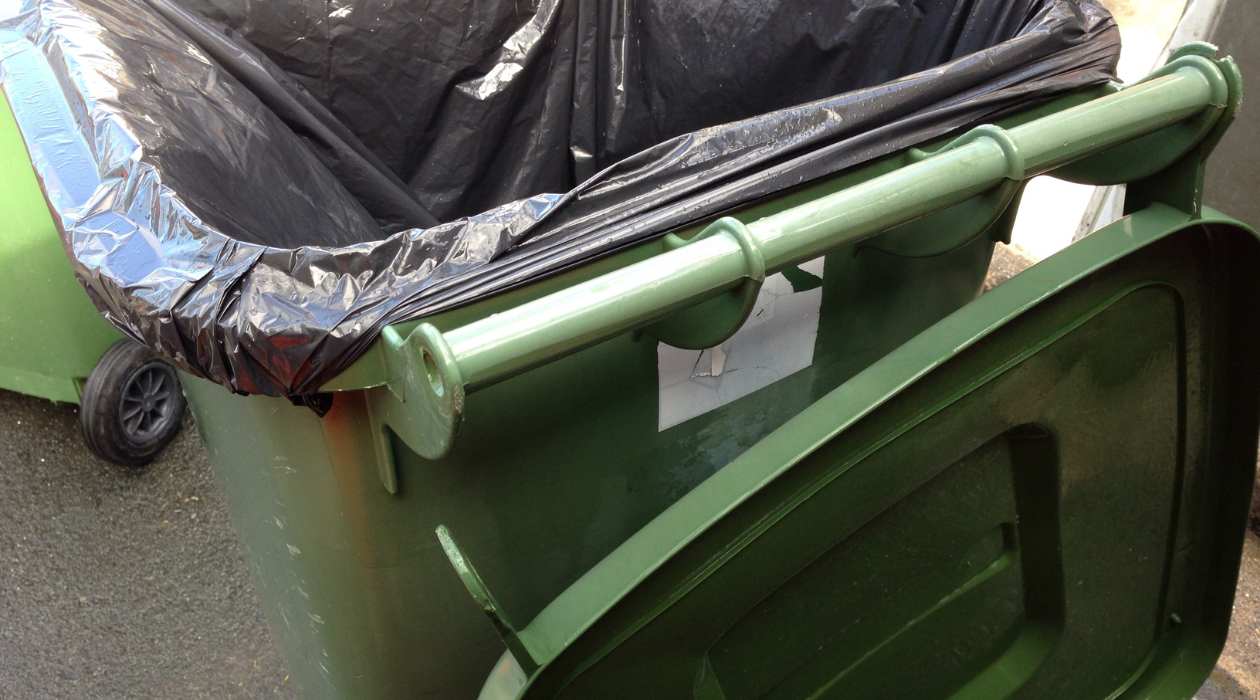
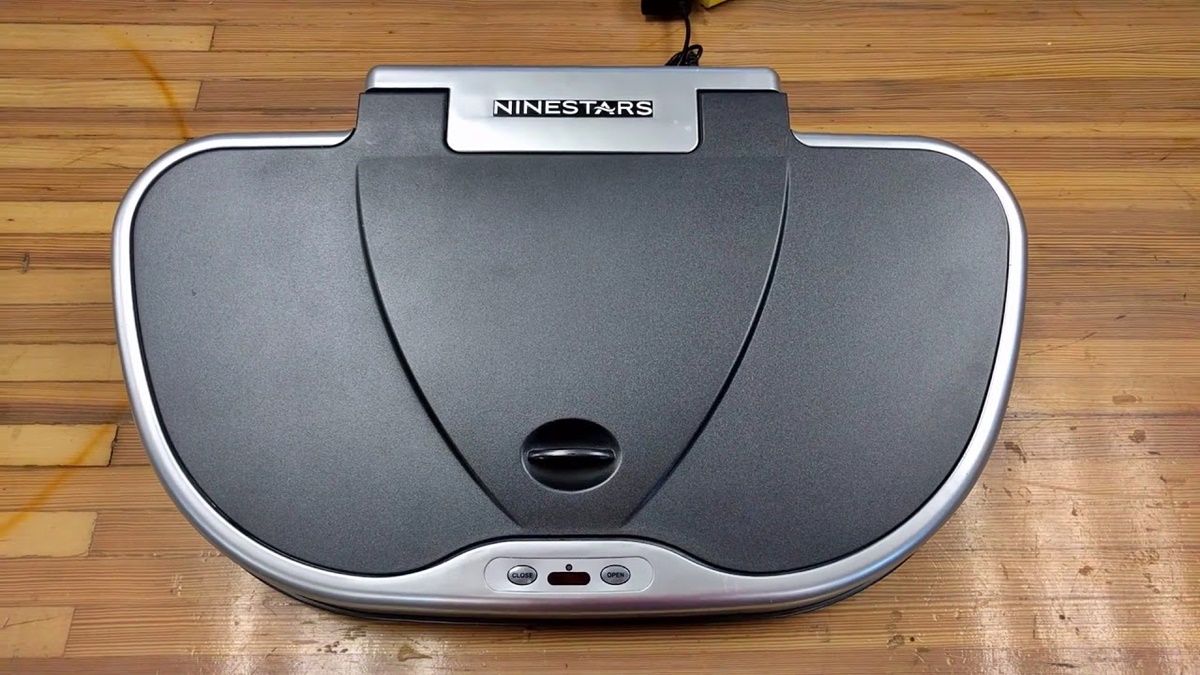
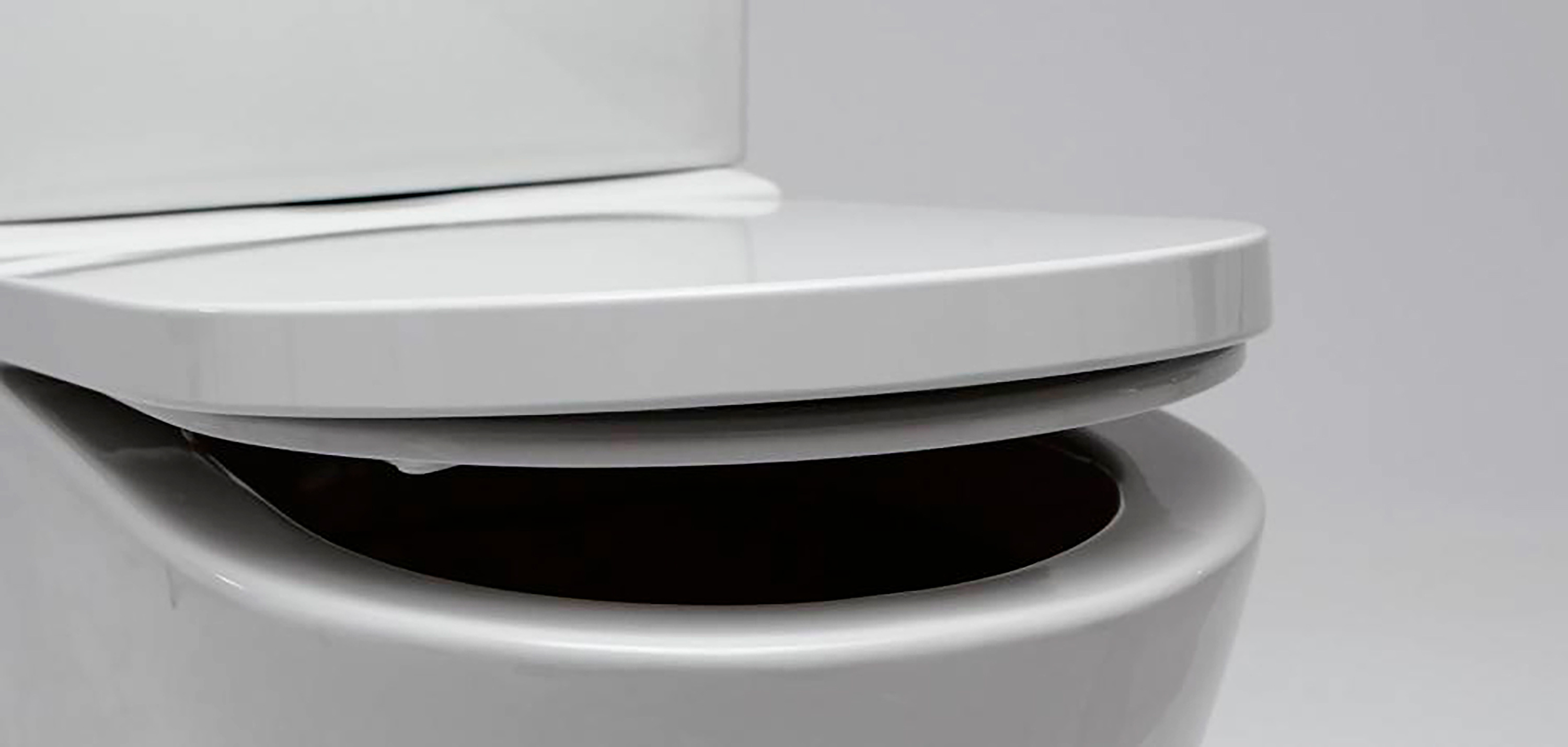
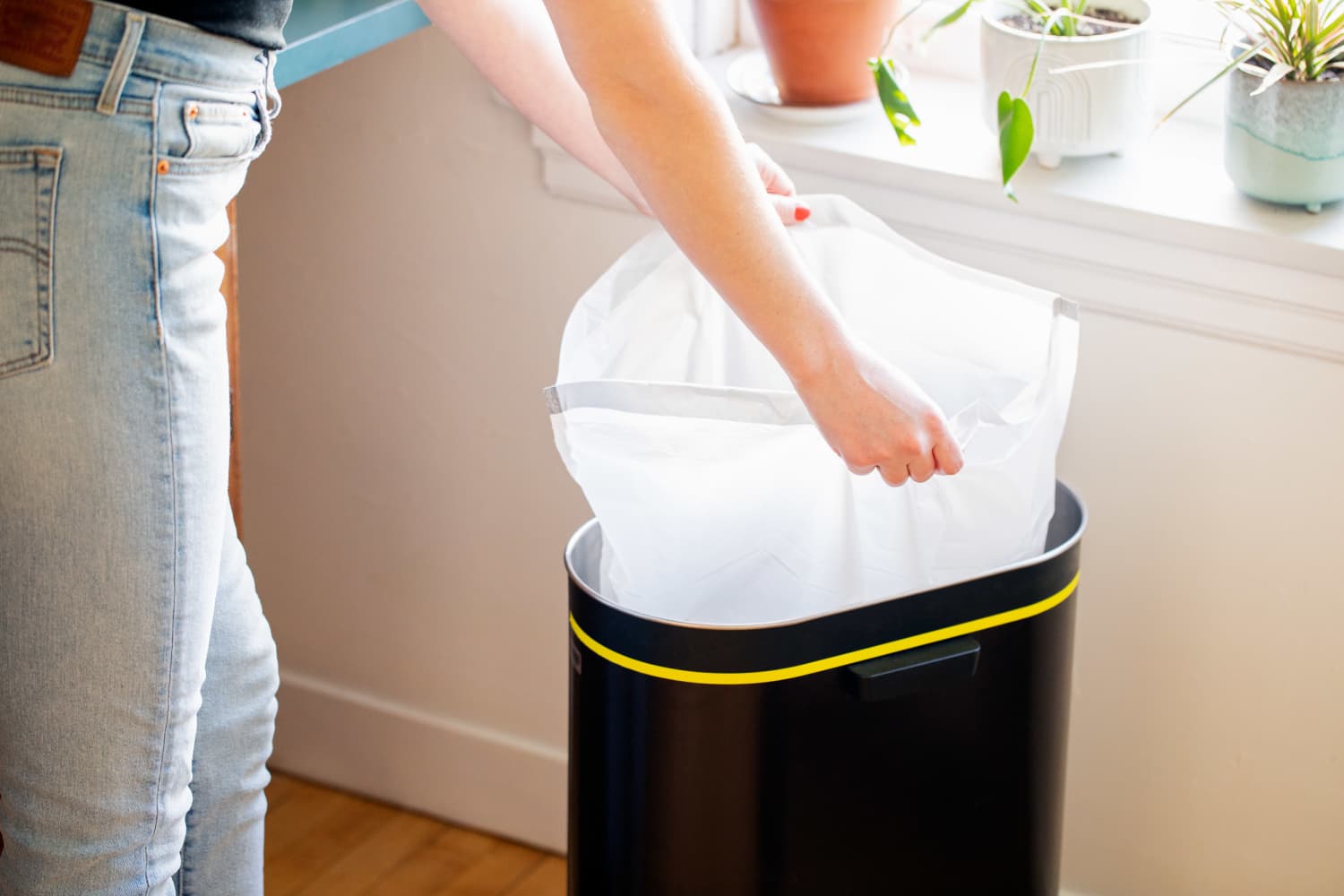
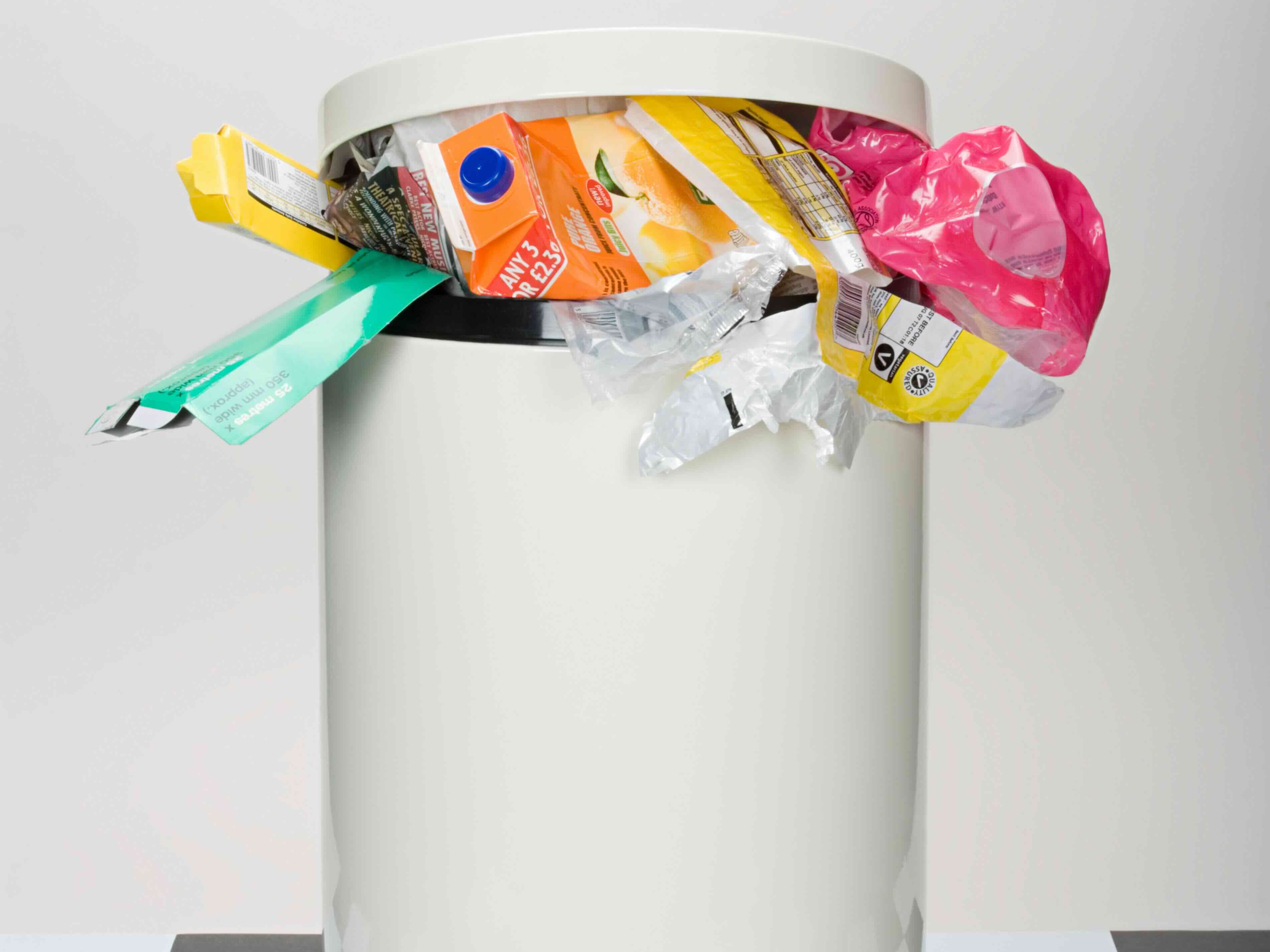
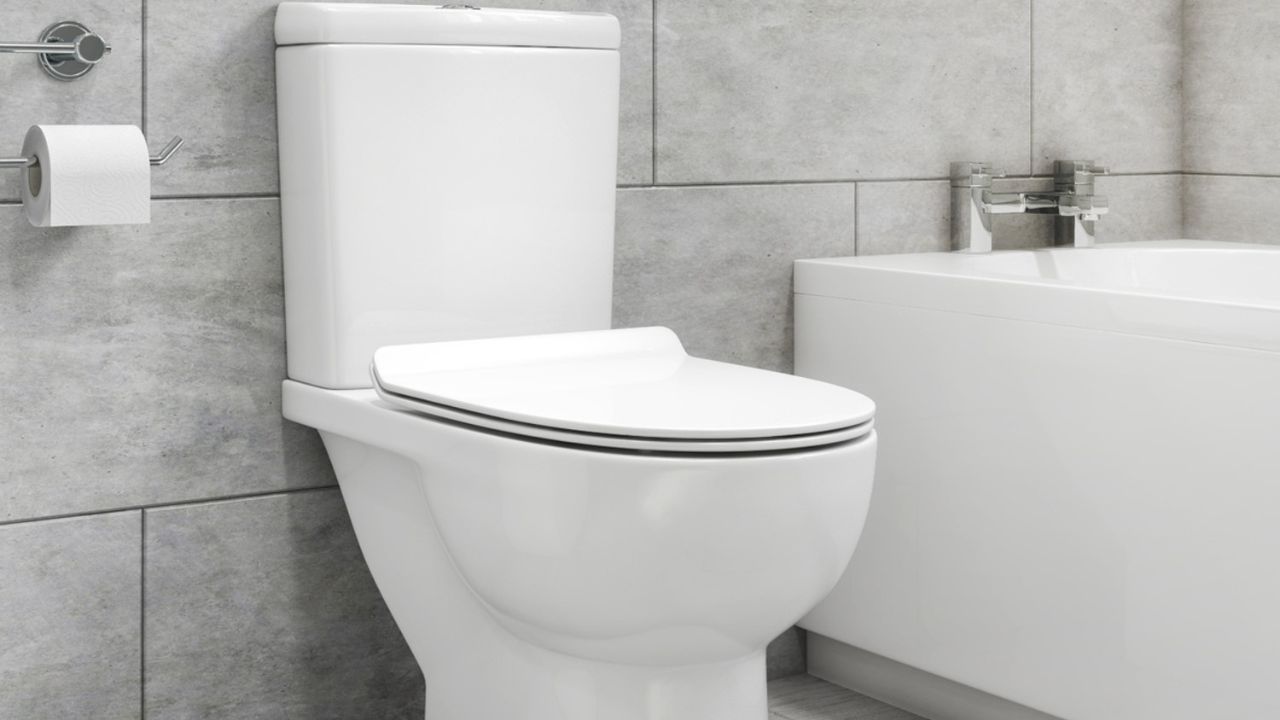
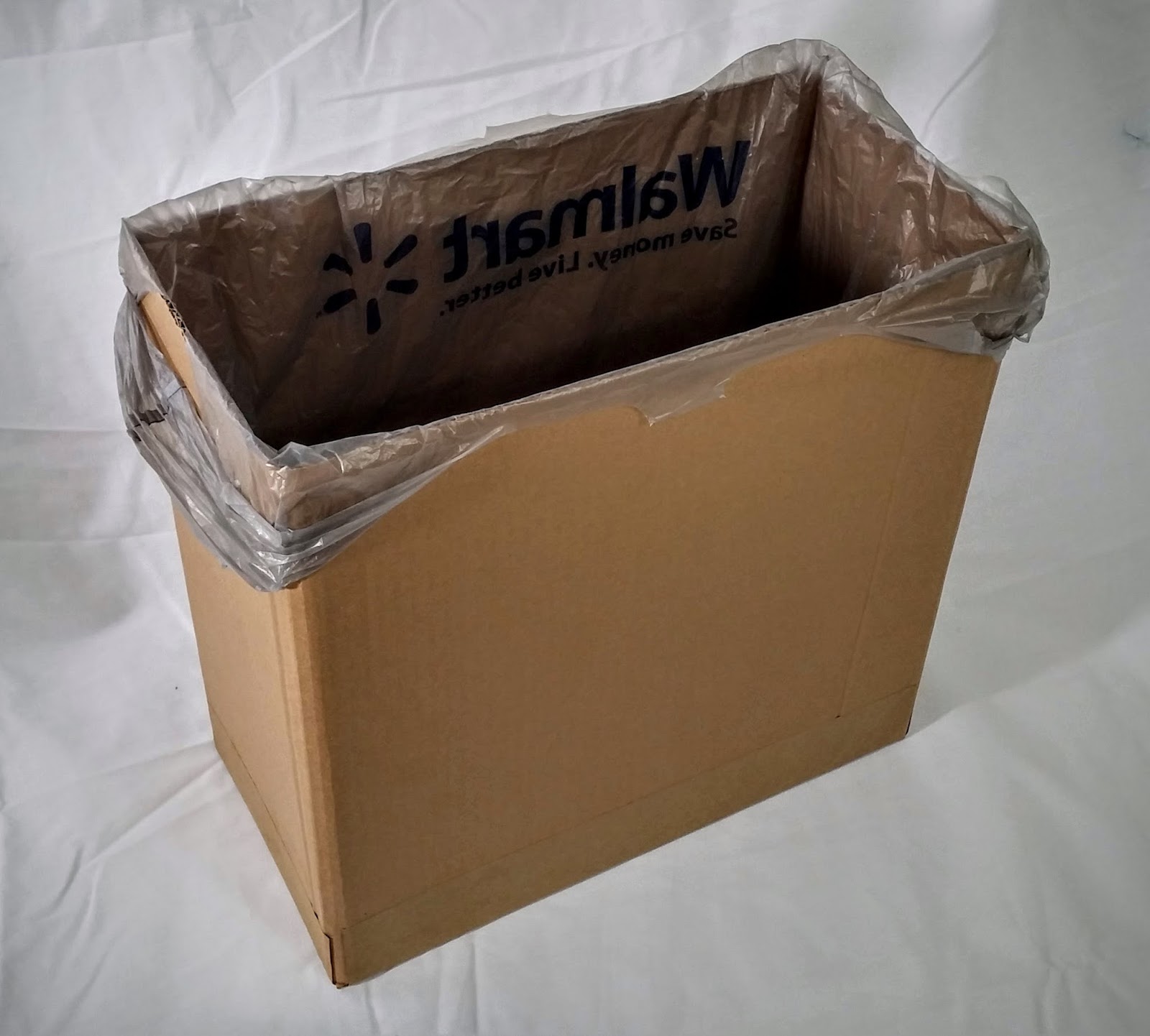
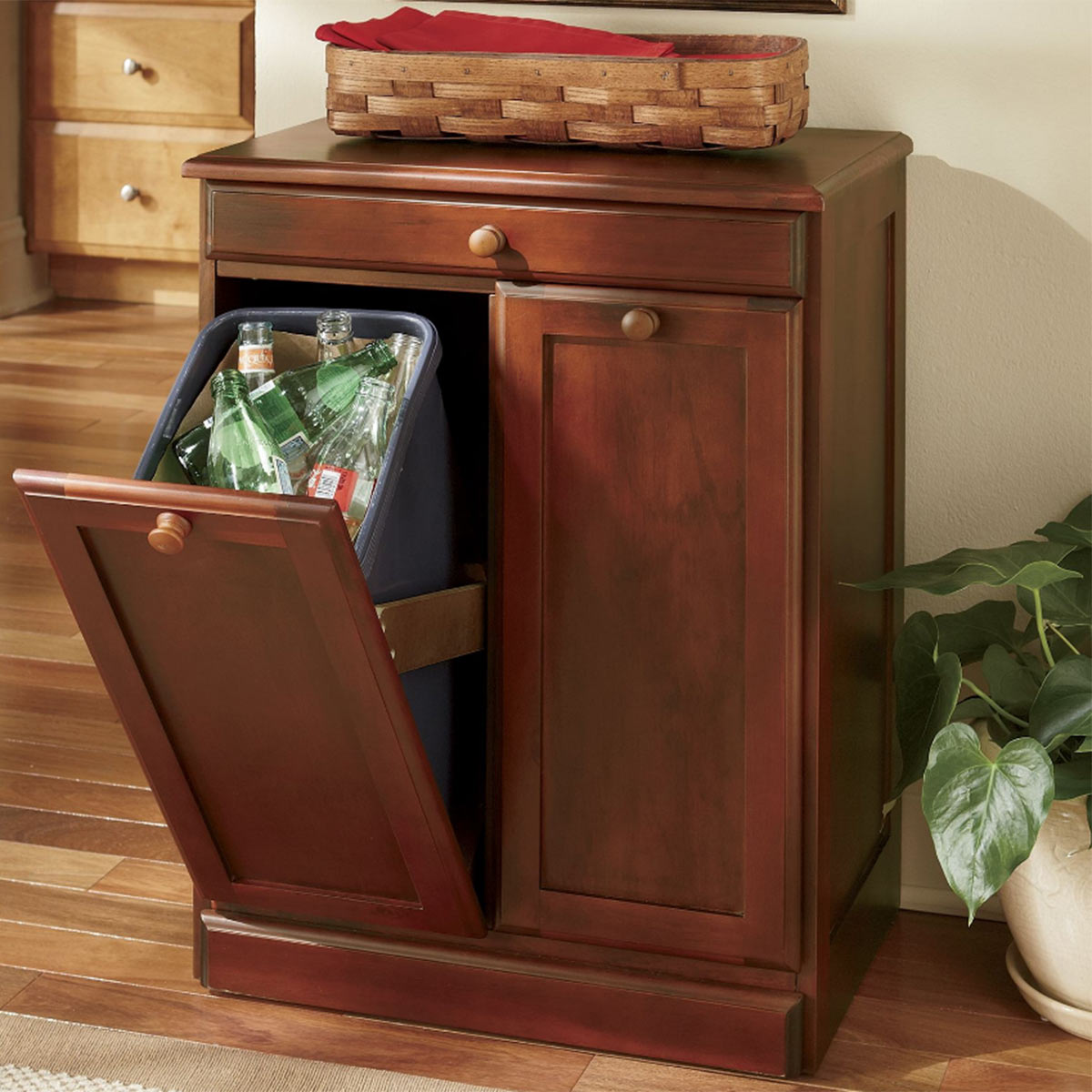
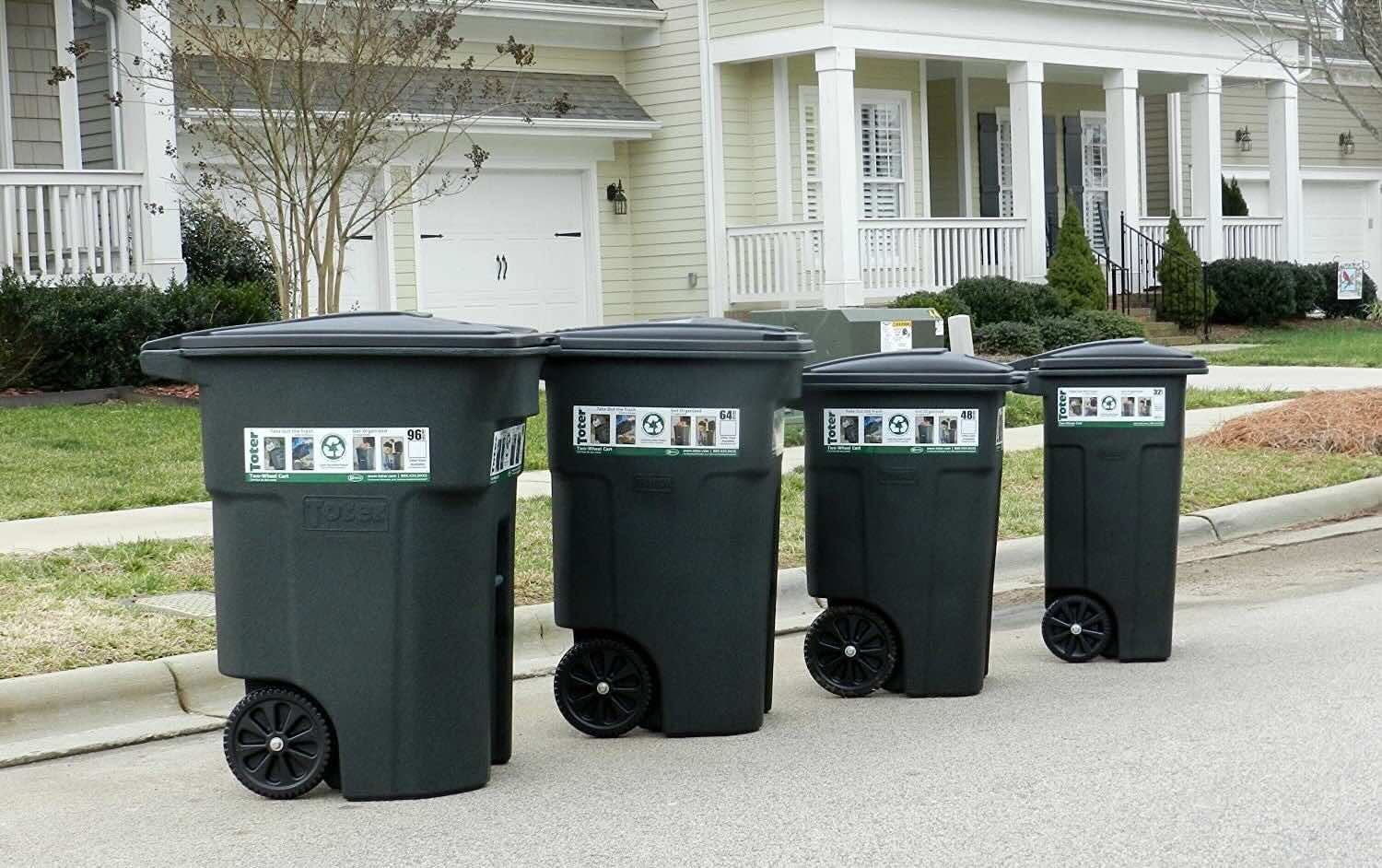
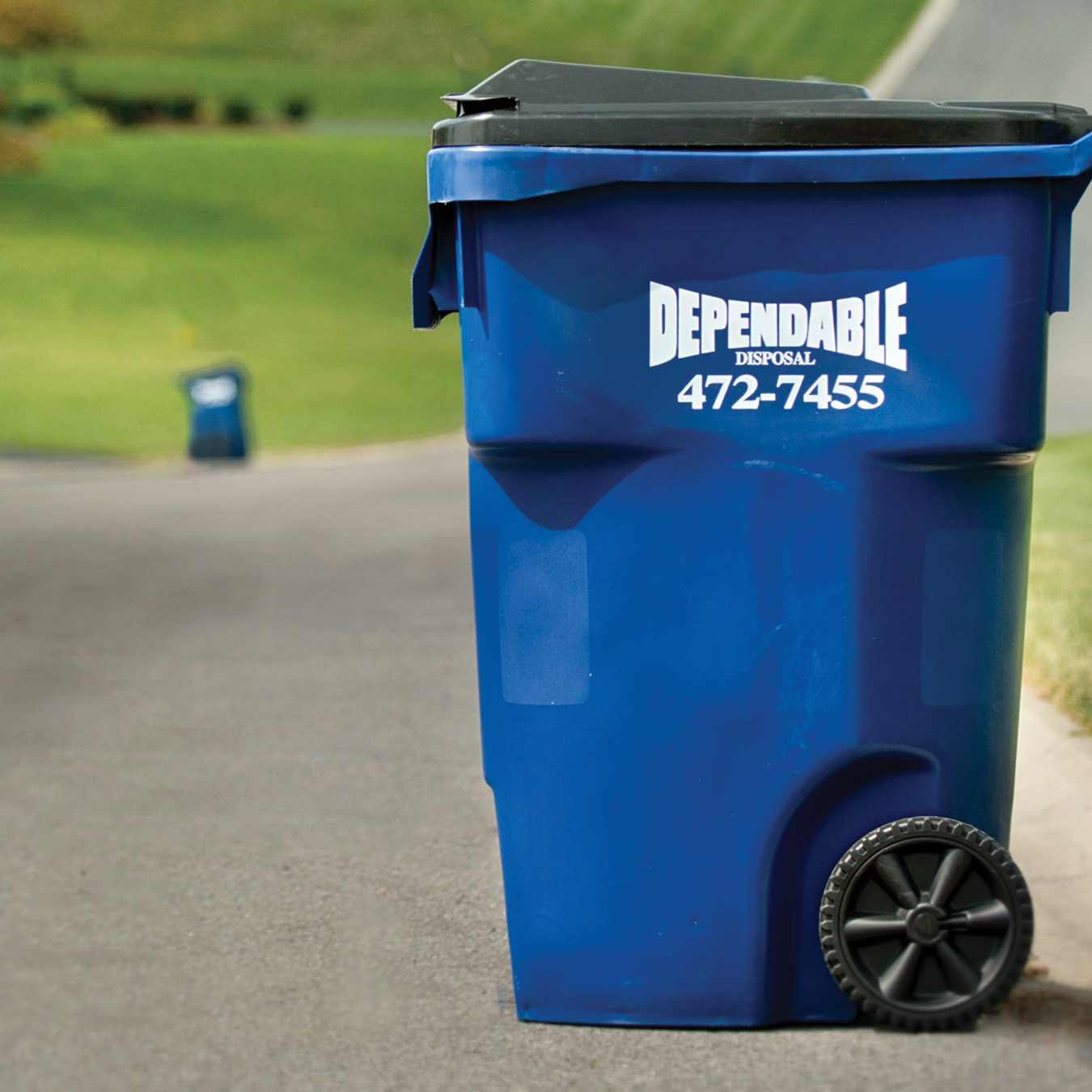
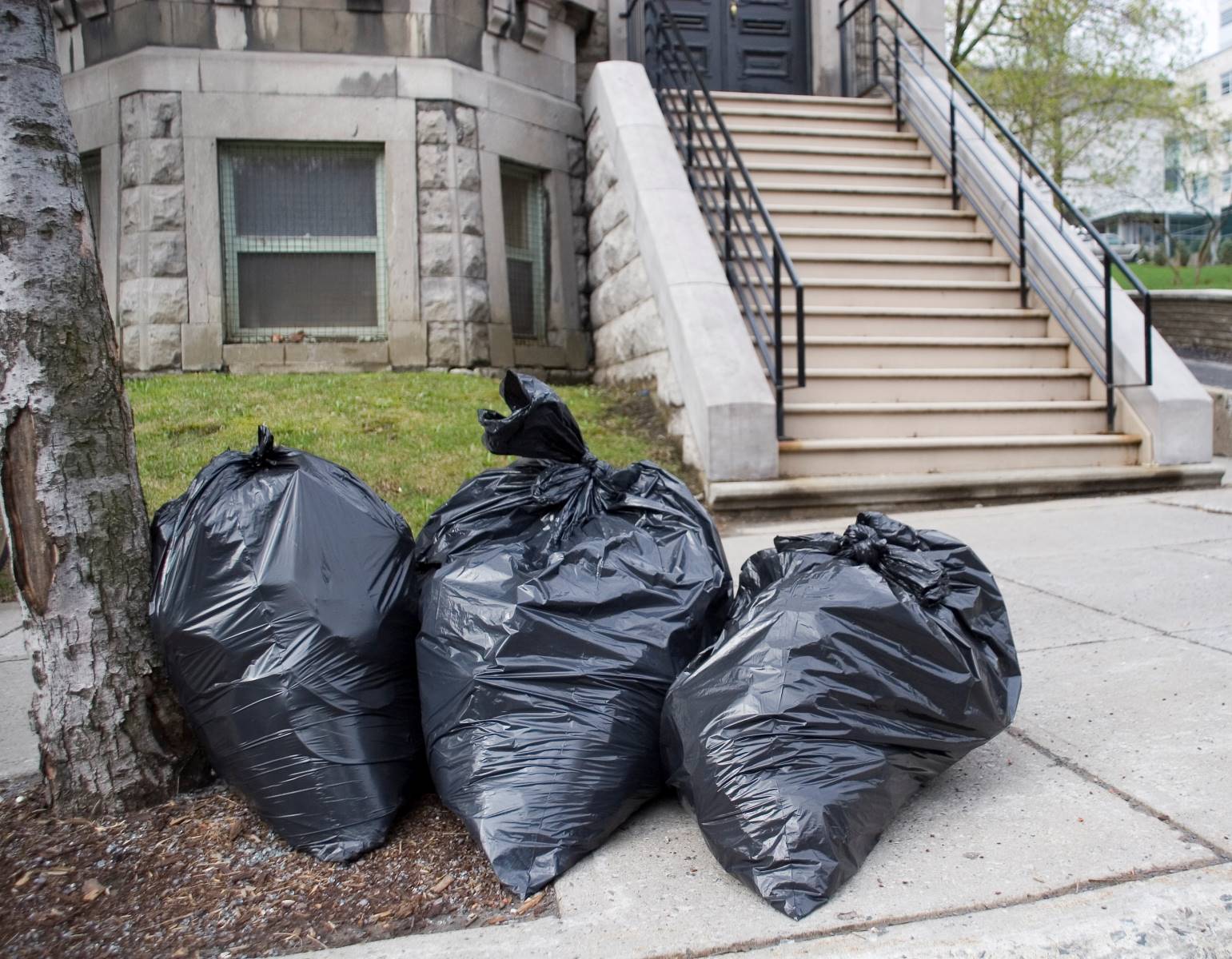
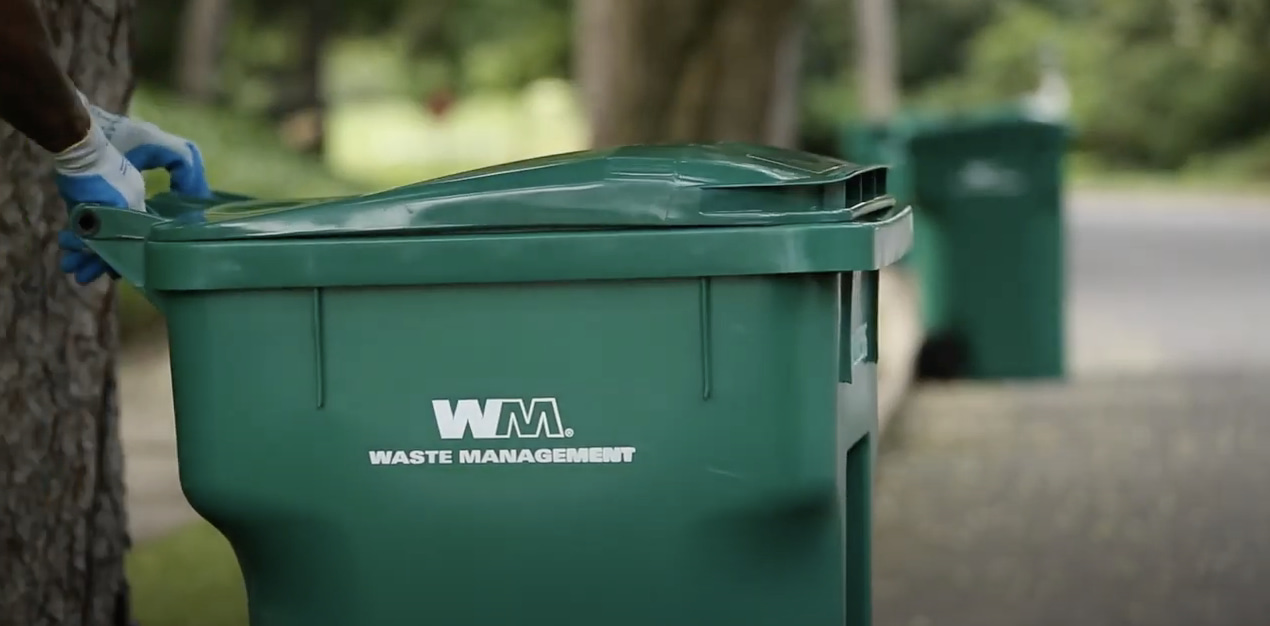
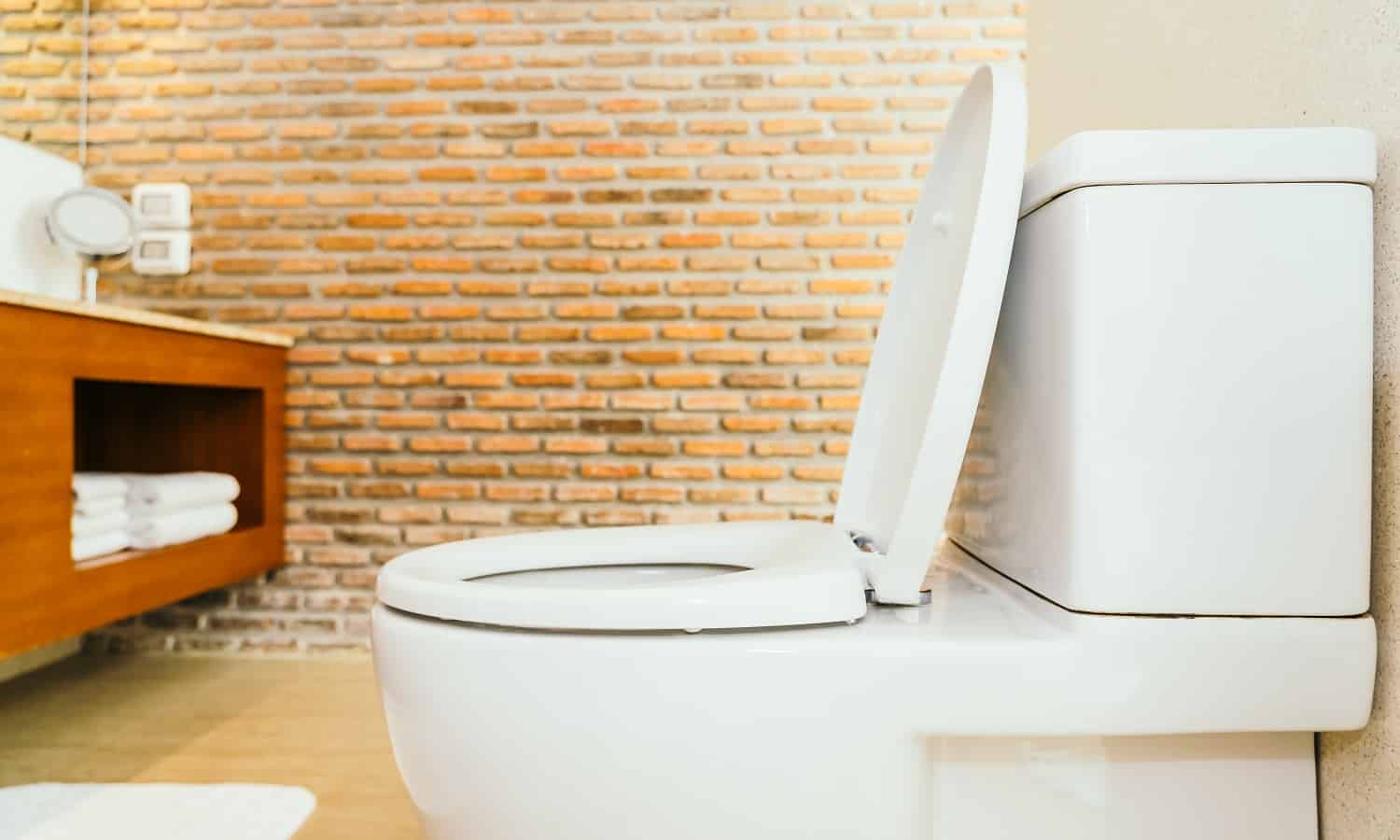

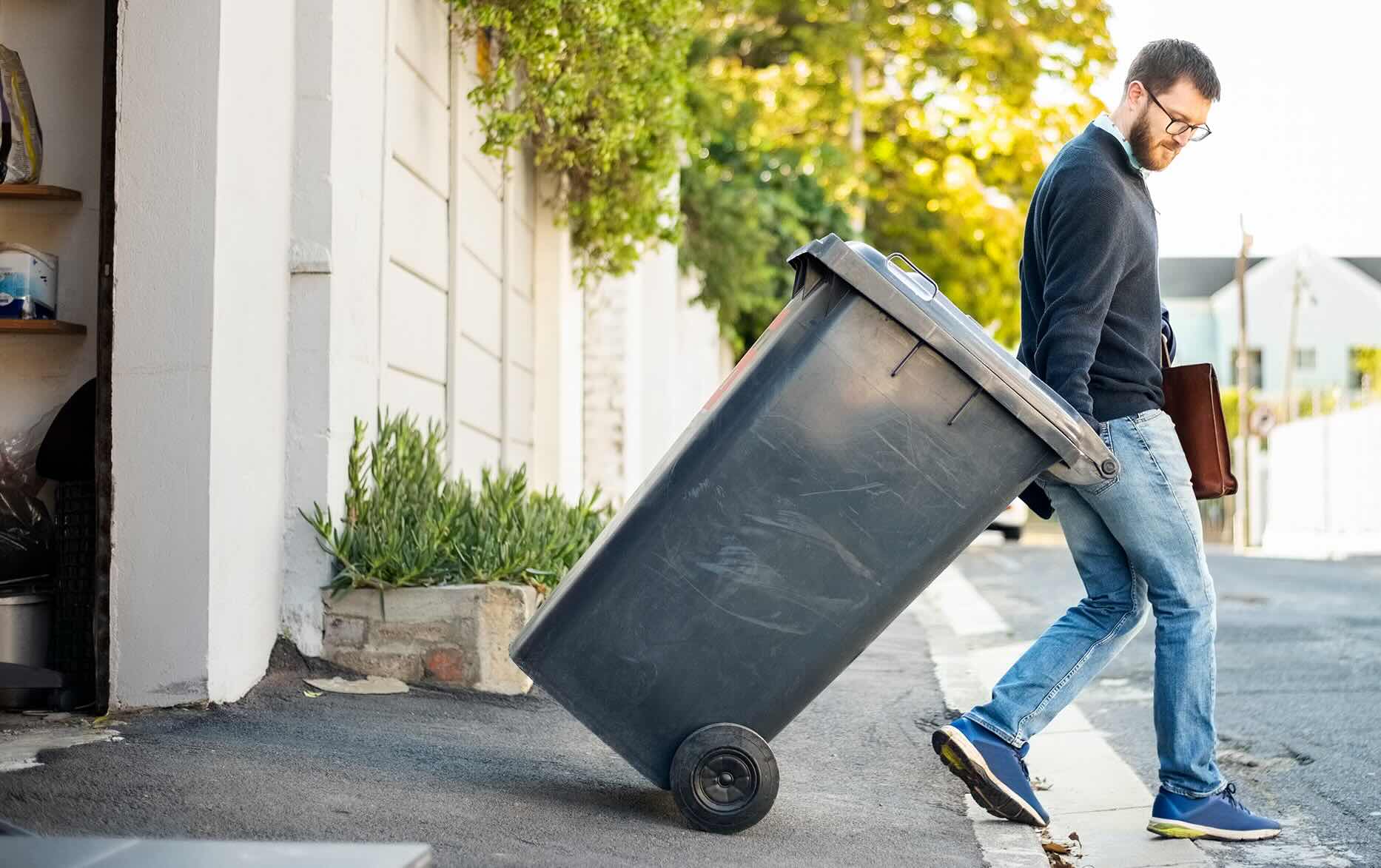

0 thoughts on “How To Fix Soft Close Trash Can Lid”